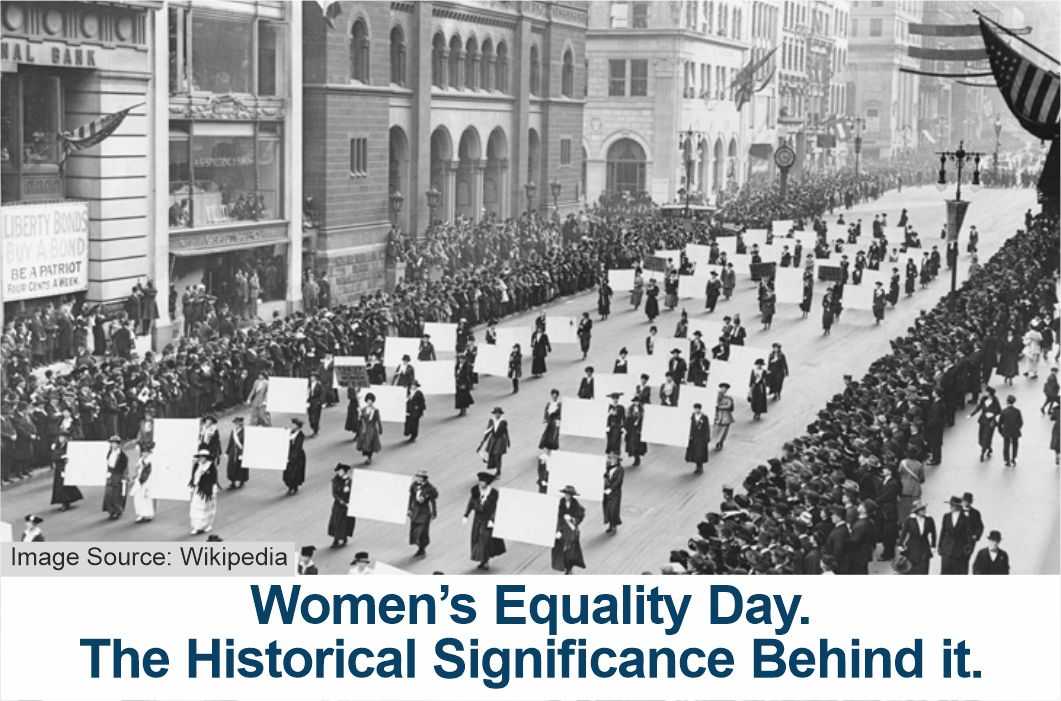It was 26th August 1920 when the United States Constitution adopted the 19th Amendment, which states, “The right of citizens of the United States to vote shall not be denied or abridged by the United States or by any State on account of sex.” The ratification of the bill granted women nationwide the right to vote.
Each year on this day, Women’s Equality Day is observed to commemorate the adoption of a bill and to highlight the progress women made in their fight for empowerment and equal rights.
The passing was not superficial; although first introduced to the constitution in 1878, it failed to receive much attention. But in 1920, after a generation-long battle led by women suffrage supporters who fought, petitioned, lectured, marched, protested, and practiced disobedience to societal norms and inequality, it changed everything.
THE TIMELINE
July 19-20, 1848. The Seneca Falls Convention.
Initially a women’s rights convention, The Seneca Falls Convention was designed to discuss social, civil, and religious conditions and women's rights. The convention was held in the town of Seneca Falls, New York.
LEADER ELIZABETH CADY STANTON was the leader who drafted The Declaration of Sentiments, which called for Women’s equality and suffrage.
LUCRECIA MOTT encouraged the audience to take up the clause.
At this time, American women generally didn’t even have the right to inherit property and made half of the man’s wages in available jobs. These women, against expected criticism from society, had started demanding political rights and representation.
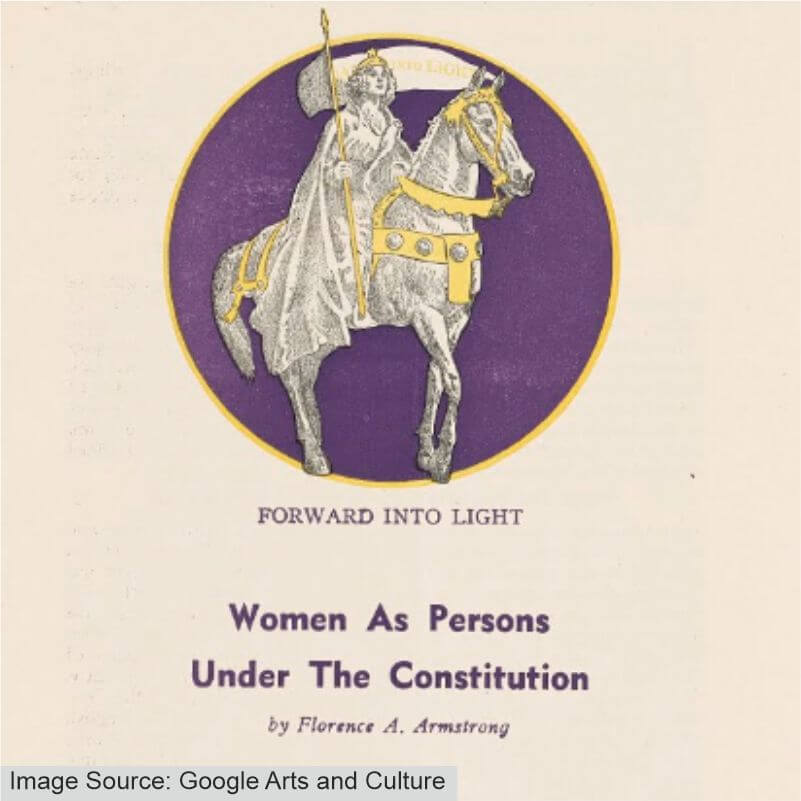
1912. Women Suffrage Legislation.
After its introduction in 1878 to Congress, the amendment still took decades to gain support. In 1912, nine western states adopted women's suffrage legislation that challenged male-only voting laws.
May 21, 1919. Passing of the amendment.
On this day, the House of Representatives passed the amendment, and two weeks later, the Senate followed.
August 26, 1920.
The Ratification of the 19th amendment, also known as the ‘Susan B. Anthony Amendment, granted the right for women to vote.
THE IMPACT OF THE AMENDMENT
The amendment brought about a radical change in American life. Millions of women moved closer to equality in all spheres of life with advancements in jobs, fair wages, education, birth control, and much more. Women began participating in politics with new policies that guaranteed health and autonomy.
A national council of women voters was enfranchised following the ratification, which helped women exercise their rights.
Following the ratification in the United States, many other countries followed the example and provided voting rights to women, which changed the course of history.
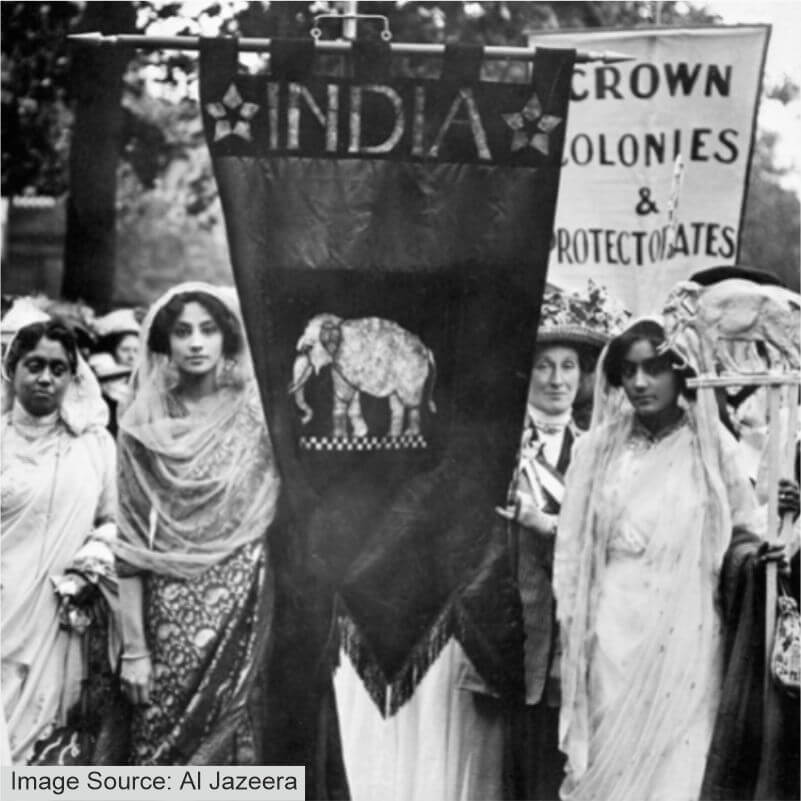
WHERE WE ARE TODAY
Although the day marked a remarkable turn in the history of gender and fundamental rights in the world, in the 21st century, there are still many issues regarding women’s voting rights. According to the world population review, having the legal right to vote does not always guarantee a realistic voting opportunity. In some countries or regions, women have the legal right to vote. Still, they are prevented from doing so by societal norms, harassment, violence, or pressure from husbands, and many countries still have limited voting rights for women.
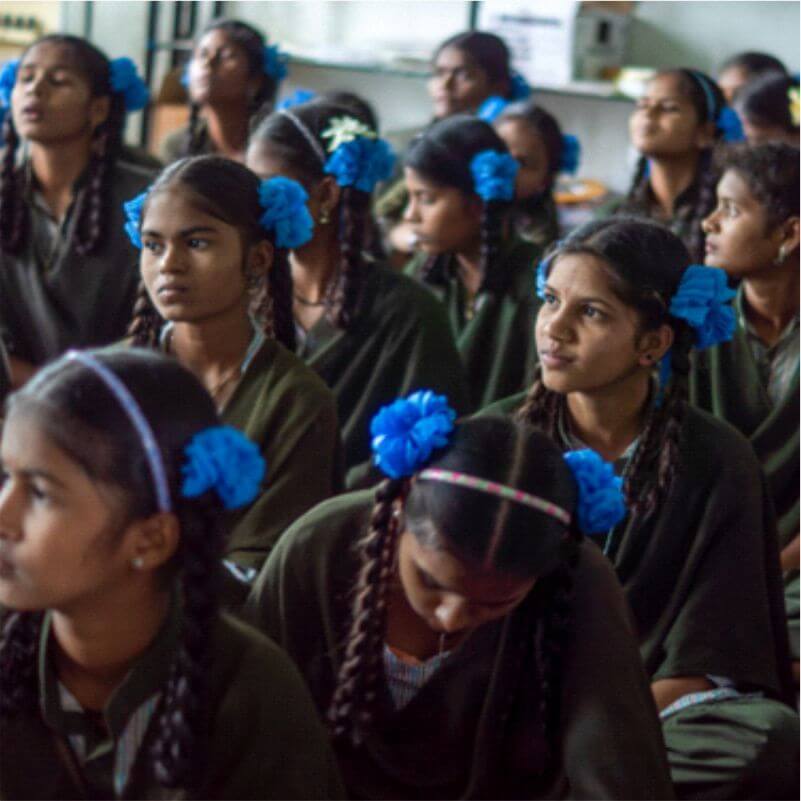
To solve this problem, Stanford historian Estelle Freedman says that we need to keep our vision broad. There are many people different from us who still haven’t gotten the access to fundamental rights they deserve. According to her, gender runs across every sphere of society, and we can never separate one cause from another. Therefore, feminism has to expand to question all social hierarchies to truly achieve what it professes.
WHAT CHILD HELP FOUNDATION IS DOING

To fight the gender problem and injustice in society, Child Help Foundation works at the grassroots level to promote education for female children. Our campaign is aligned with the national flagship program, ”Beti Bachao Beti Padhao.” Our educational programs create equal opportunities for both boys and girls, creating a better balance for both genders. Child Help Foundation aims to take action to include and respond to the needs of LGBT people. We always look forward to providing more support to the Transgender community for the upliftment of their lives and motivating the general public to treat them equally and respect their very existence. Child Help Foundation, under its Gender Equality program, reached more than 3,04,103 individuals.
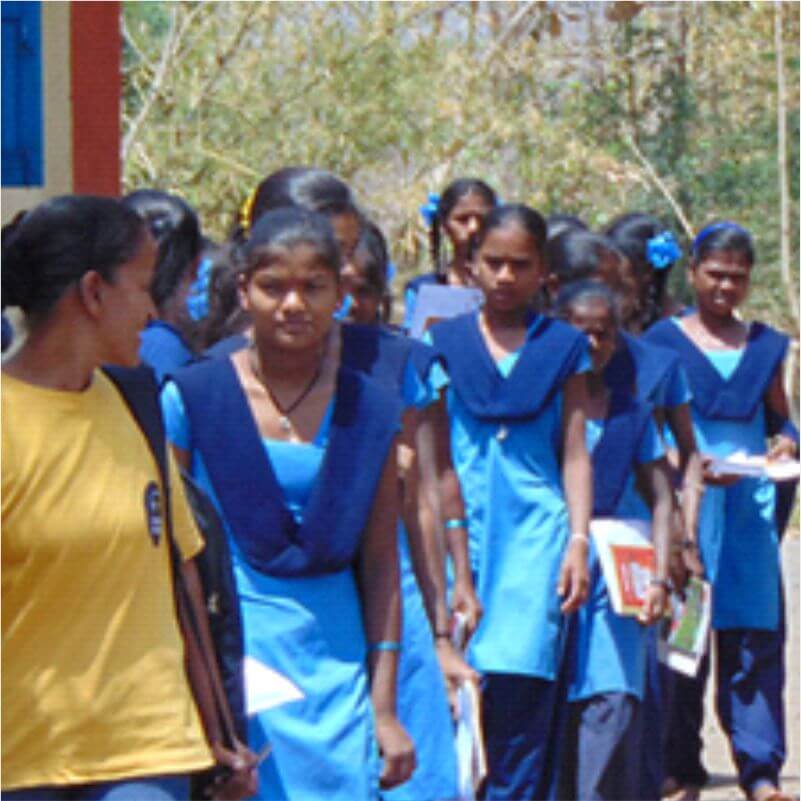
In the year 2019-2020, Child Help Foundation was able to reach more than 1,00,000 beneficiaries through our gender equality programs.
Under the United Nations Sustainable Development Goal 5, that is, Gender Equality, Child Help Foundation aims to provide assistance to women for their growth in society, be it health-related assistance, education, or financial.
To help Child Help Foundation fight the inequality among genders, you can donate to help us bring smiles.
References:https://www.archives.gov/milestone-documents/19th-amendment
https://worldpopulationreview.com/country-rankings/countries-where-women-cant-vote
https://news.stanford.edu/2020/08/12/19th-amendment-milestone-not-endpoint-womens-rights-america/
